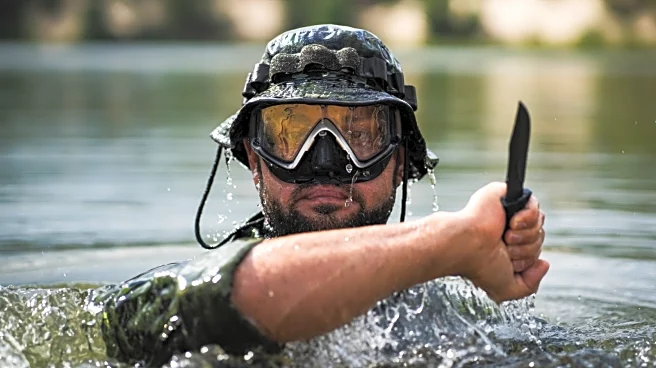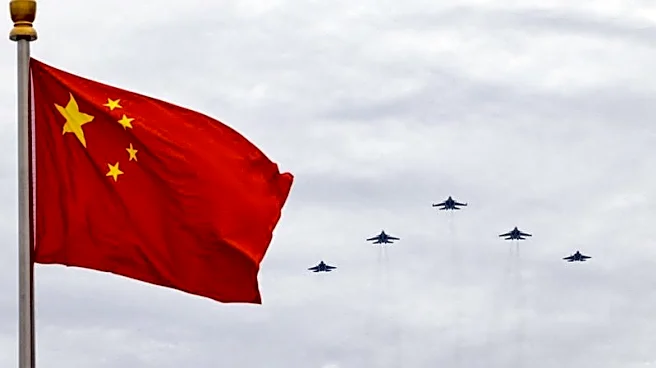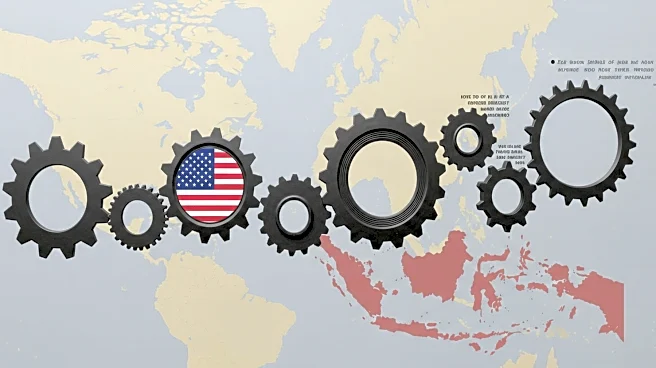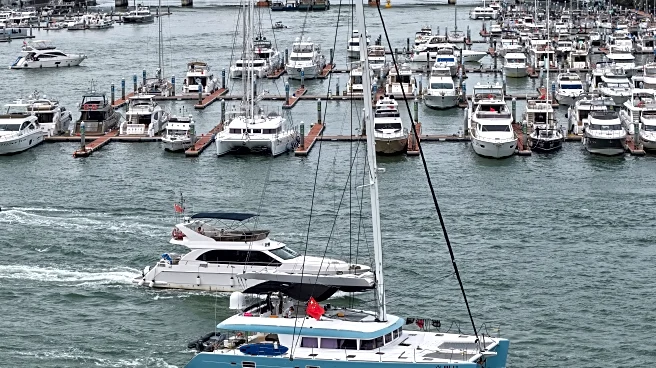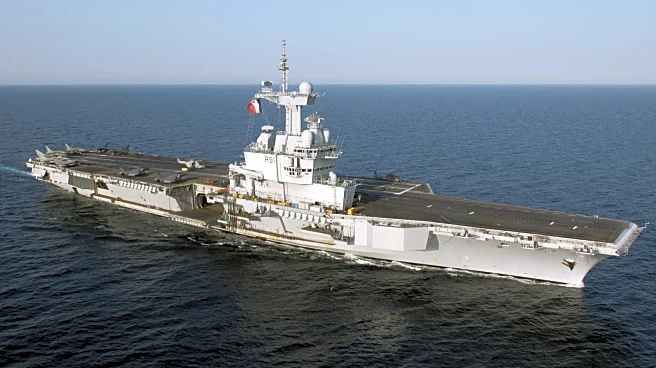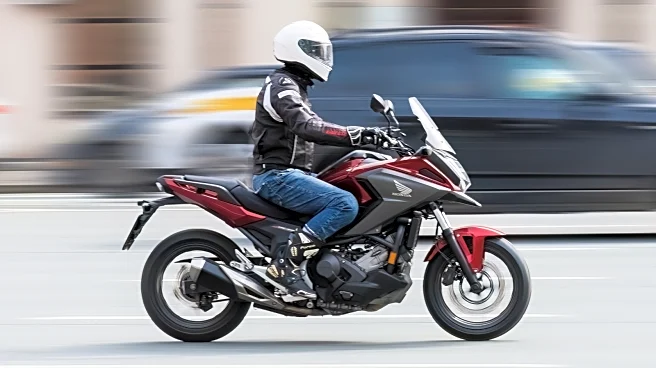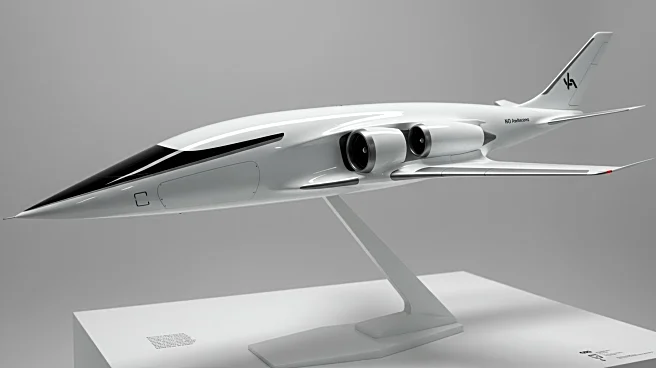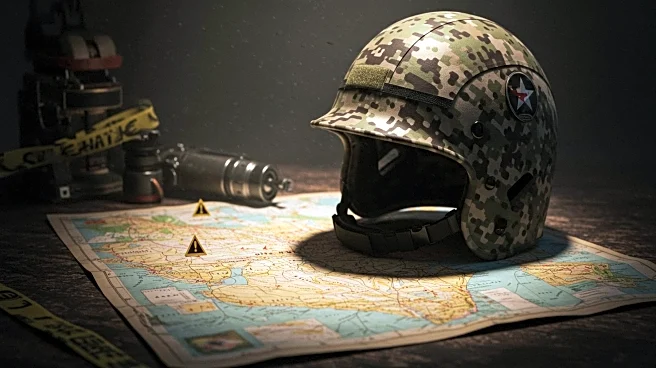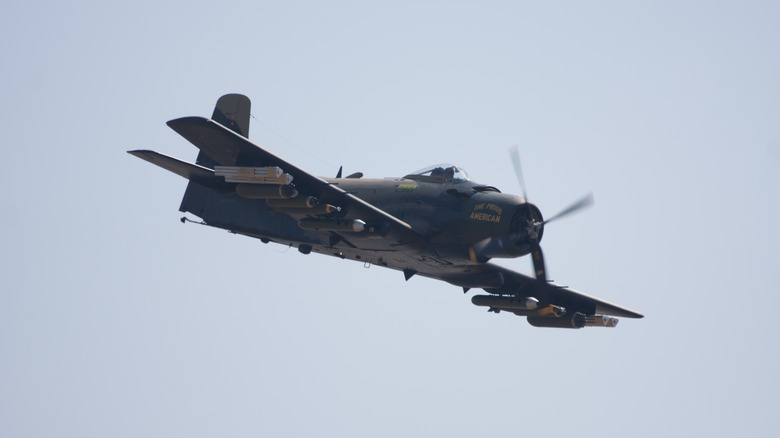
By the time the Vietnam War escalated in the 1960s, the U.S. military had already embraced jet-powered combat aircraft. However, one piston-engine plane still earned a place in combat: the Douglas A-1 Skyraider. It was one of the most notable aircraft to fly in the Vietnam War. First developed in the 1940s, the Skyraider was designed as a carrier-based attack aircraft for the U.S. Navy. While jets offered speed, the Skyraider brought something else to the table: endurance and heavy payload capacity.
Powered by a Wright R-3350 Duplex-Cyclone radial engine, the A-1 could stay over the battlefield for hours, loitering far longer than most jets of its time. This made it ideal for close air support and rescue escort missions in Vietnam, where slow, persistent coverage was often more valuable than raw speed. The Skyraider could carry a mix of bombs, rockets, gun pods, and machine guns, giving it the versatility to strike ground targets or defend search-and-rescue helicopters.
Although it looked outdated next to the sleek fighters of the era, the Skyraider became a favorite among pilots and troops on the ground. It proved that piston-driven combat aircraft still had a role even in the Jet Age, especially in low-speed, high-endurance missions where jets struggled.
Read more: 10 Largest Air Forces In The World, Ranked By Military Aircraft Numbers
Combat Performance In Vietnam
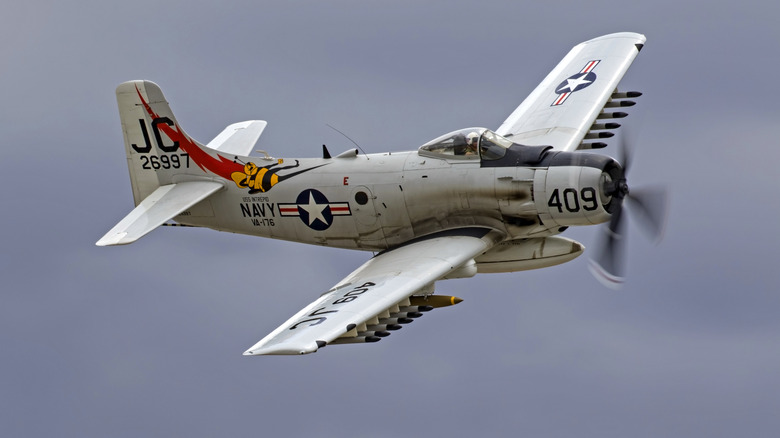
In Vietnam, the A-1 Skyraider quickly established its reputation as one of the most iconic ground attack military planes in history. The aircraft was used by both the U.S. Navy and the U.S. Air Force, flying missions that jets simply couldn't sustain. With its ability to carry more than 8,000 pounds of ordnance, it could hit multiple targets in a single sortie. Its long endurance meant it could remain in the area to provide repeated strikes or suppress enemy fire during rescue operations.
Pilots valued the Skyraider's stability and ability to take punishment, often returning from missions riddled with bullet holes yet still flyable. The combination of loiter time, firepower, and toughness gave it a unique edge in an environment dominated by guerrilla warfare and unpredictable combat zones. By the war's end, it had flown thousands of sorties, leaving a lasting mark on U.S. air operations in Southeast Asia.
End Of An Era
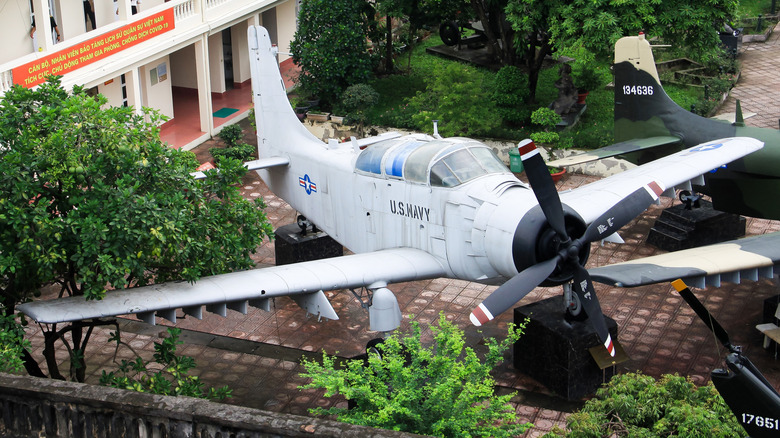
The A-1 Skyraider holds a special place in aviation history as the last U.S. combat aircraft powered by a piston engine. Its service in Vietnam marked the final chapter for propeller-driven fighters in front-line roles. During the war, the U.S. had no shortage of advanced jets like the A-6 Intruder and F-4 Phantom, yet the propeller-driven A-1 Skyraider was often chosen for the toughest missions. Its durability and heavy firepower made it a favorite, but the role was dangerous — 266 were lost in combat.
The Skyraider left U.S. service in 1973, just as modern fighters like the F-14 and F-15 entered service, though it flew with foreign forces into the 1980s. Its legacy is most visible in the A-10 "Warthog," which mirrors the A-1's design philosophy: straight wings for agility, heavy armor for survivability, and unmatched low-speed close air support. Like its predecessor, the A-10 continues to defy retirement, valued for its effectiveness despite being slower and less high-tech than today's stealth fighters.
Today, surviving Skyraiders are preserved in museums and by private owners, with several still flying at airshows. They serve as a reminder of a transitional period in military aviation, when old and new technologies briefly coexisted on the battlefield. And even now, it leaves a lasting legacy as the U.S. Air Force has resurrected the name for one of their newly developed planes.
Want the latest in tech and auto trends? Subscribe to our free newsletter for the latest headlines, expert guides, and how-to tips, one email at a time.
Read the original article on SlashGear.
